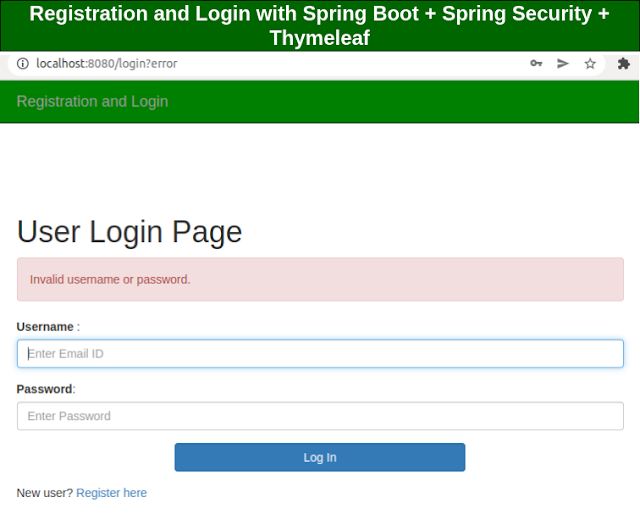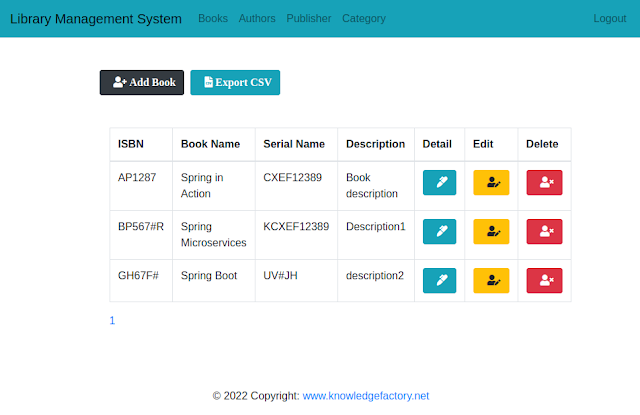Build AI-Powered Applications with Python Flask & Amazon Bedrock: Step-by-Step Guide
Actors and Components
User:
- Interacts with the application through the Web Interface (frontend).
Frontend:
- Web Interface:
- Displays a user-friendly interface.
- Collects input (prompt) from the user.
- Sends the input to the backend for processing.
- Web Interface:
Backend:
- Flask Application:
- Processes user input and communicates with Amazon Bedrock API.
- Handles requests and returns AI-generated responses to the frontend.
- Flask Application:
Amazon Bedrock:
- Foundation Models:
- Provides the AI capabilities (e.g., text generation, summarization).
- Responds to API requests made by the Flask application.
- Foundation Models:
Deployment:
- Two deployment options:
- AWS Elastic Beanstalk: A managed service for deploying and scaling web applications.
- AWS EC2: A virtual server in the cloud for custom deployment and management.
- Two deployment options:
Workflow
User Interaction:
- The user inputs a prompt via the Web Interface.
Request Handling:
- The Web Interface sends the prompt to the Flask backend.
AI Processing:
- The Flask application forwards the request to the Amazon Bedrock API.
- Bedrock invokes the foundation model to process the prompt.
Response Generation:
- The processed response is sent back to the Flask application.
Response Delivery:
- Flask delivers the AI-generated response to the Web Interface for display to the user.
Deployment:
- The application can be deployed using either Elastic Beanstalk or EC2 for scalability and accessibility.
This architecture ensures a seamless user experience while leveraging Amazon Bedrock's AI capabilities.
Here’s a comprehensive guide to building AI-driven applications using Python Flask and Amazon Bedrock, from scratch to deployment.
1. Overview
Amazon Bedrock allows developers to build and scale AI applications using foundation models (FMs) from providers like Anthropic, Stability AI, Cohere, and more, without managing infrastructure. Flask is a lightweight Python framework for building web applications.
2. Prerequisites
- AWS Account: Ensure access to Amazon Bedrock (check availability in your region).
- Python Environment:
- Install Python 3.8+.
- Install Flask:
pip install flask.
- AWS SDK:
- Install Boto3:
pip install boto3.
- Install Boto3:
- IDE: Use VS Code, PyCharm, or any preferred editor.
- AWS CLI: Configure it using
aws configure.
3. Architecture
- Frontend: A simple web interface for user interaction.
- Backend: Flask application to handle requests and interact with Amazon Bedrock.
- AI Model: Use Amazon Bedrock to process AI-related tasks.
- Deployment: Deploy the application on AWS (Elastic Beanstalk or EC2).
4. Steps to Build the Application
Step 1: Set Up Flask Project
Create a Flask project structure:
app.py
requirements.txt
index.html
script.js
style.css
5. Deploy the Application
Option 1: Elastic Beanstalk
- Initialize: Run
eb initand configure your environment. - Deploy: Run
eb deployto deploy your application.
Option 2: EC2
- Launch EC2 Instance: Choose a Python-compatible AMI.
- Setup Flask:
- Run the App: Use
nohup python3 app.py &to keep it running.
6. Testing
- Navigate to the deployed app URL.
- Enter a prompt in the text area.
- Click "Generate" to receive a response from Amazon Bedrock.
7. Enhancements
- Authentication: Secure API with AWS IAM roles or tokens.
- Advanced Models: Experiment with different Bedrock models.
- Scalability: Use AWS Lambda and API Gateway for a serverless backend.
- UI Improvements: Enhance the frontend with frameworks like React or Vue.js.
This approach ensures an end-to-end AI-driven application leveraging Amazon Bedrock's foundation models and Flask's simplicity for rapid development.
🎉 Master Python Web Development with Flask! 🚀
Want to build sleek, powerful web applications with Python? Look no further! 📚 "Building Web Apps with Python and Flask" by Malhar Lathkar is your ultimate guide to becoming a web development pro!
🔥 What’s Inside?
- Core Flask Features: URL routing, templates, static files, cookies, and sessions.
- Advanced Topics: Flask extensions, database integrations, and RESTful API deployment.
- Flask Tools: Leverage Jinja2, Werkzeug, and more!
- Build Scalable Apps: Learn blueprints, design patterns, and modular structures.
💡 Whether you're a Python enthusiast, a beginner, or a tech startup looking to scale, this guide is packed with practical insights to turbocharge your development skills.
📈 Why This Book?
- Expert-led coverage from industry pro Malhar Lathkar.
- Real-world projects to practice your skills.
- Learn to deploy fully functional apps and APIs!
🚀 Ready to Build the Future of Web Apps? 💥 Grab your copy of "Building Web Apps with Python and Flask" today and take your Python web development journey to the next level! 🌐
Don’t miss out – unlock your web development potential NOW!









